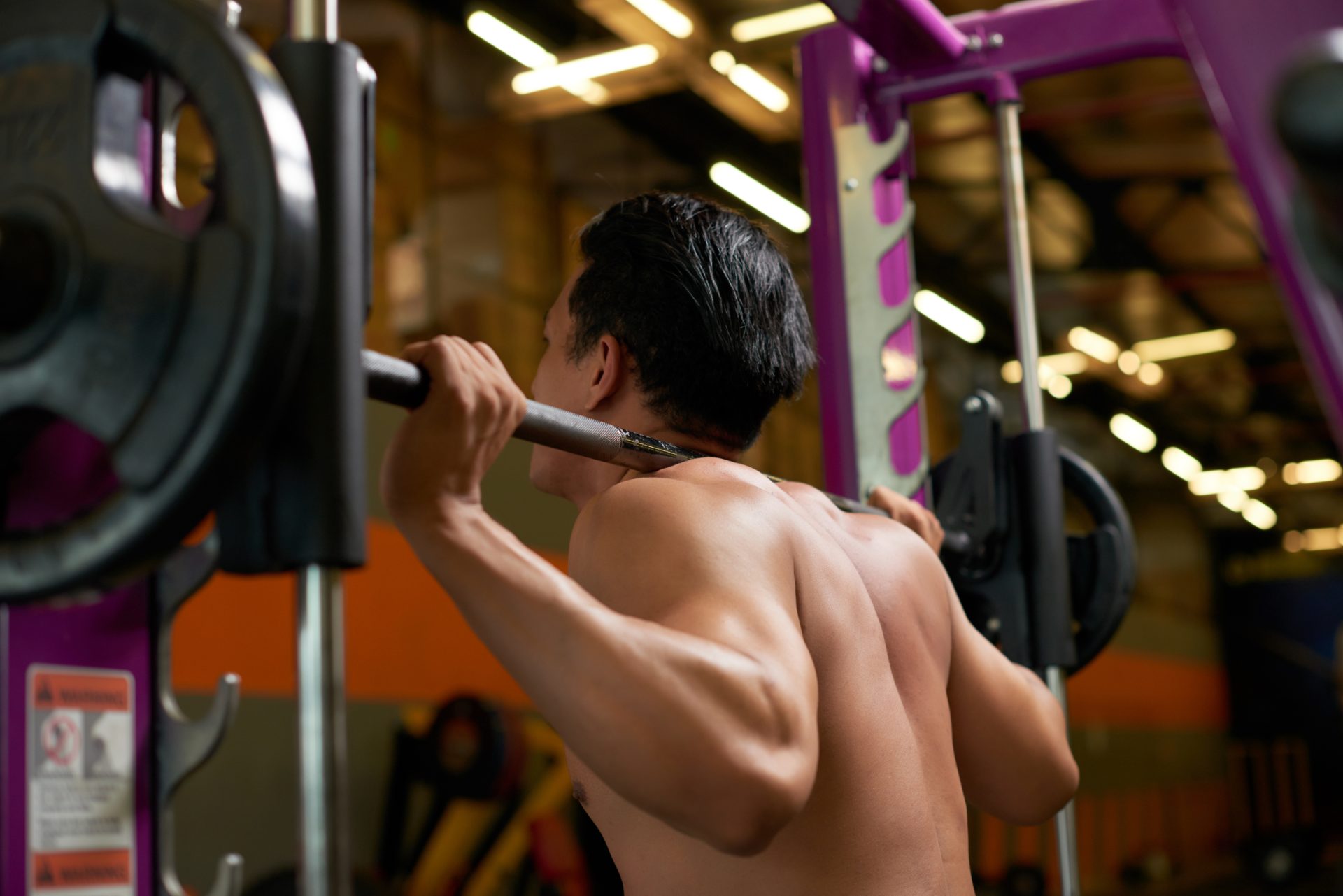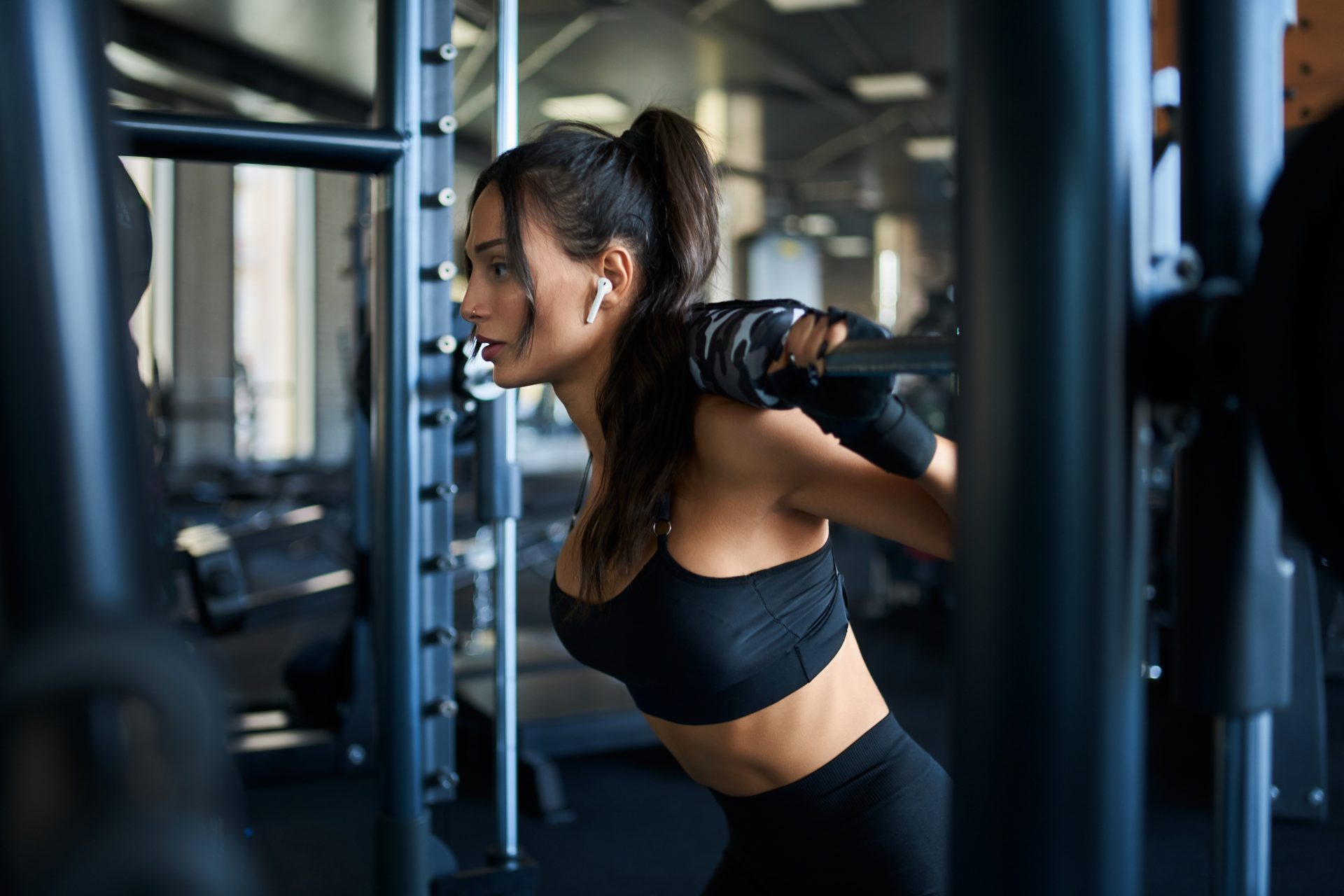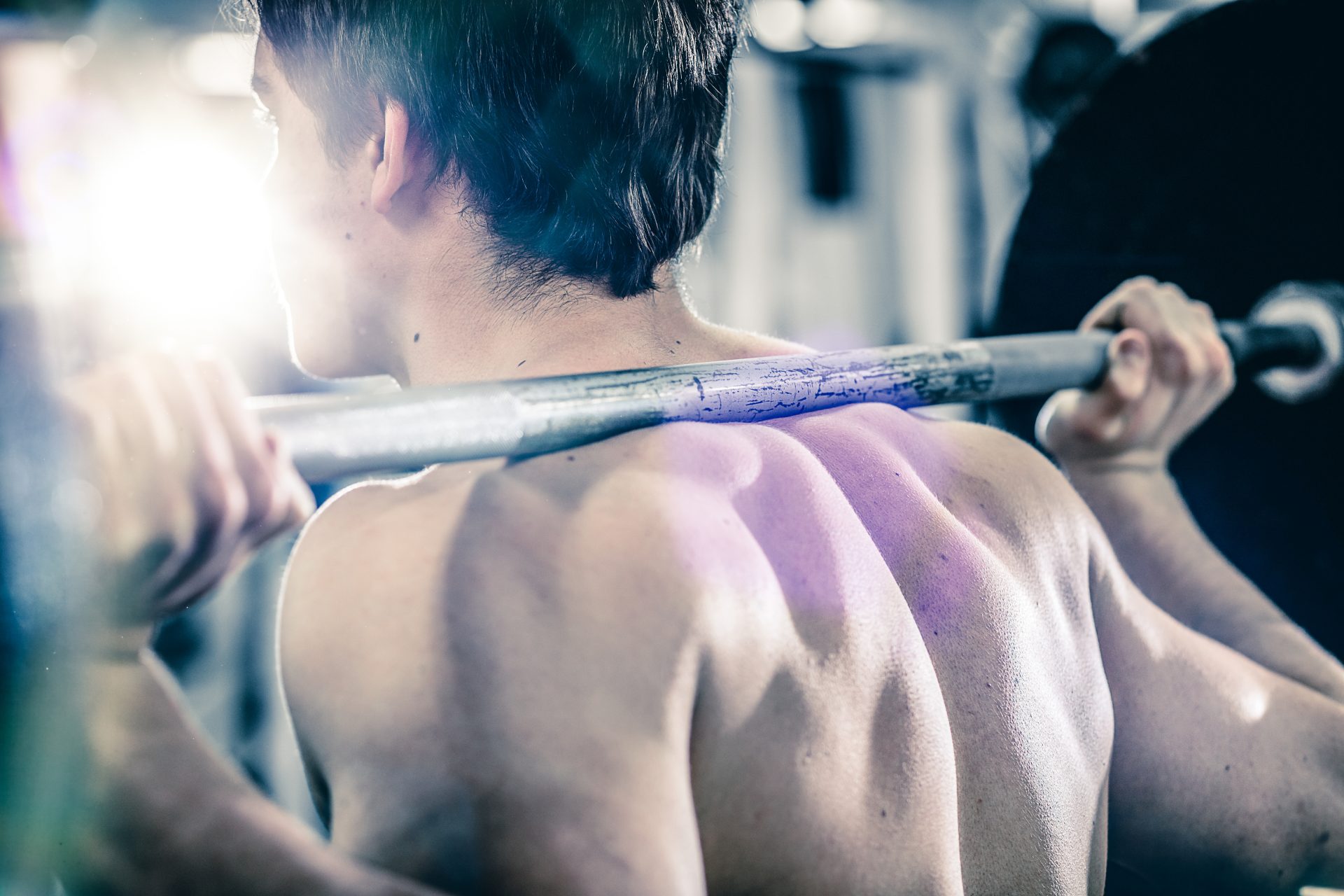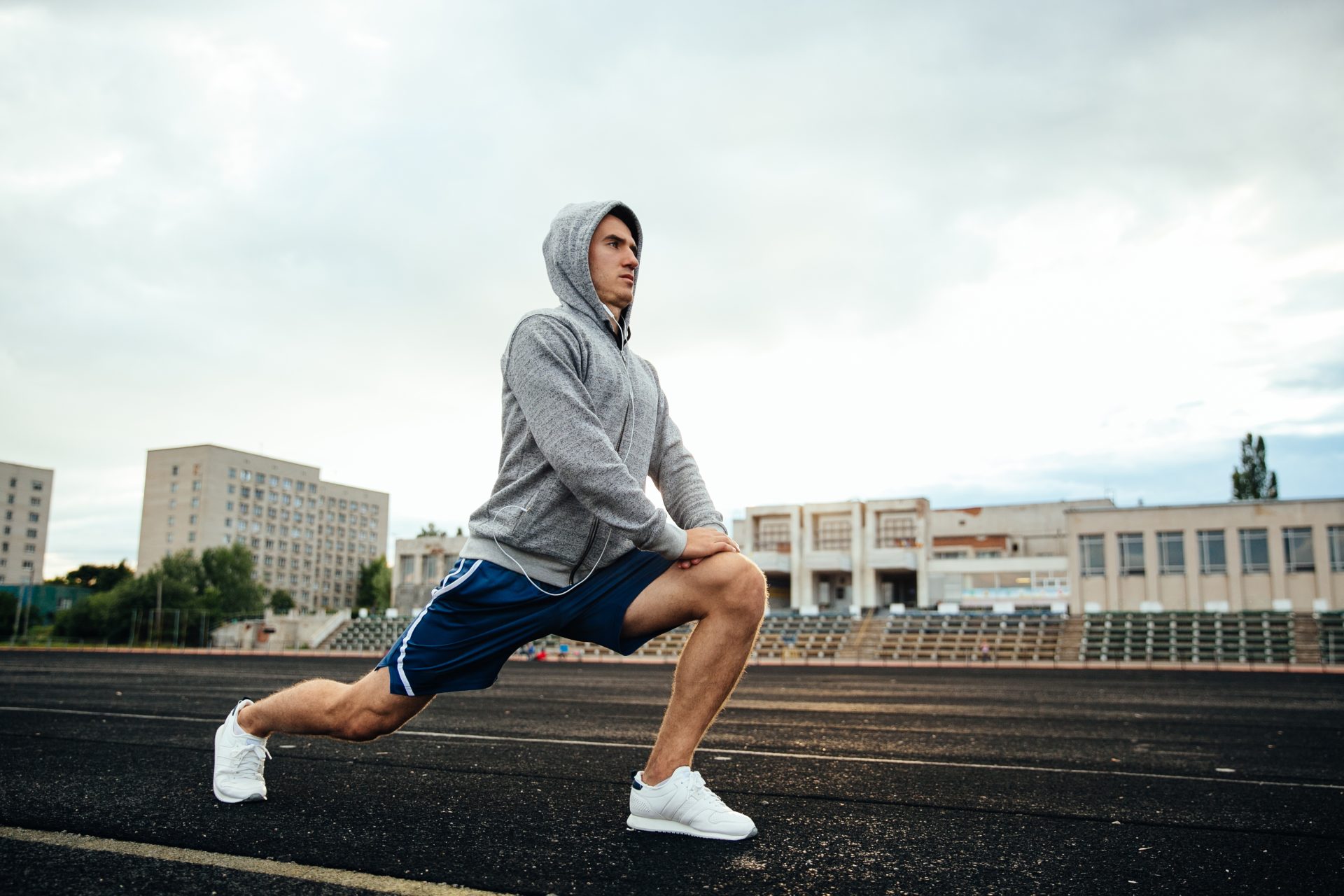Squatting is an effective exercise for strengthening your legs, glutes, and core. In addition to these muscle groups, squatting also activates a variety of other muscles and helps improve your overall strength and fitness. When done properly, squatting can provide a vast range of benefits that will help you reach your health and fitness goals. Today we’ll answer the question: “how much should I be able to squat” and explore the various guidelines for performing squats correctly.
Contents
- Squat = Basic One of the Most Important Exercises
- Squat Strength Standards
- Maximize Performance with Proper Form & Technique
- Classic Squat
- Adequate Rest Is Essential for Recovery & Optimal Performance Results
- Benefits of Incorporating Squats Into Your Workouts
- Last Thoughts
- Try These Techniques for Improving Squat Performance
- Final Recap
Squat = Basic One of the Most Important Exercises
Squatting is a fundamental movement that is essential for overall strength and fitness.
It targets multiple muscle groups in the legs, hips, and core, making it a highly effective exercise for building muscle mass and improving overall fitness.
In this article, we will take a closer look at squat strength standards for men and women, and provide tips for how to improve your squat performance.
It is an incredibly important exercise, especially for overall body strength and fitness.
One of the benefits of squatting is, it can target a variety of muscle groups including the legs, hips, and core, making squatting one of the most comprehensive body movement exercises.
Squatting also comes with many benefits.
Squatting based on the weight helps to reduce injuries when training in other leg-based exercises like running or cycling, as well as in everyday activities like walking or squatting up or down stairs.
In addition, squatting will also help increase flexibility, promote proper form during all activities, and strengthen the muscles used for balancing exercises.
With consistent squatting, you can be sure of increased muscular strength along with improved anterior posterior balance and burn some calories too!
Squat Strength Standards
Before beginning any type of strength or resistance training program involving squats, it’s important to understand the guidelines regarding proper form and technique (trusted source).
Generally speaking, the following strength standards are recommended based on body weight and gender:
- Women – Bodyweight x 0.9-1.2
- Men – Bodyweight x 1-1.5
In addition to these general guidelines, it’s important to keep in mind some common mistakes when squatting such as keeping your torso too upright or not pushing through your heels during the exercise.
These errors can significantly reduce the effectiveness of the exercise and increase injury risk if not corrected quickly.
Strength Standards for Men and Women
The table below provides general average values for squat strength standards based on body weight and gender.
These standards are based on data from various trusted sources, including the American College of Sports Medicine and the National Strength and Conditioning Association.
| Bodyweight (lbs) | Men (lbs) | Women (lbs) |
|---|---|---|
| 114 | 77 | 44 |
| 123 | 86 | 49 |
| 132 | 96 | 54 |
| 148 | 110 | 62 |
| 165 | 124 | 71 |
| 181 | 137 | 80 |
| 198 | 150 | 88 |
| 220 | 168 | 99 |
| 242 | 186 | 110 |
| 275 | 212 | 124 |
It’s important to note that these standards are not set in stone and individual differences in body type, muscle distribution, and training history will affect your squat strength.
Additionally, these standards are based on 1-rep max (1RM) and do not take into account reps performed at lower intensities.
Maximize Performance with Proper Form & Technique
Now that you understand some basic squat standards for both men and women, it’s time to focus on proper form and technique.
Knowing squat strength standards is a fundamental part of any athletes lifting journey.
Through the squat, one can measure and improve their progress, track their progress over time, and set personal squat records.
According to this general guide for squat strength standards based on body weight and gender, one can estimate what their squat should look like in terms of weight lifted.
Through trial and error, beginner adolescent lifters can use the squat as an invaluable way to gauge their progress with different weights as they strive for higher personal records (trusted source).
Experienced lifters will find these guidelines useful for finding the right weight that makes them sufficiently challenged without overstraining or injuring themselves.
No matter your level of squatting experience, this squat strength standard guide is a great resource that everyone can use to assess their squat performance!
Use Squat Rack or Smith Machine
The Smith machine is a weight training equipment that consists of a barbell that is fixed within steel rails, allowing only vertical or near-vertical movement.
There are some important differences
Some people believe that a smith machine is a good option for squats because it provides support and stability for the lifter, and can be useful for those who are new to the exercise or have had injuries.
However, the Smith machine does not allow the same level of freedom of movement as a traditional squat rack, where the barbell is not fixed in place.
The main difference between squats in a squat rack and the Smith machine is the level of stability provided.
You must keep in mind that:
In a squat rack, the barbell is not fixed in place, and the lifter must use their own stability muscles to balance the weight.
This means that the lifter is required to engage more muscle groups to perform the squat, making it more challenging and potentially more effective for muscle building. On the other hand, the Smith machine provides more stability and support, which can make the squat easier, but also less effective for muscle building.
The use of squat racks to use the principles of progressive overload while strengthening or building muscles and increasing strength is an essential part of any serious weightlifting regimen.
Recent studies have shown that changes in balance and stability are improved when squats are combined with accessory exercises such as lunges or leg presses.
Don’t forget about:
You need to continue making progress with your lifts, it’s important to use this principle in combination with exercises that help improve overall performance.
Accessory exercises allow for better stabilization of joints, and more flexibility and help ensure muscles develop properly.
Therefore, use progressive overload during squats and supplement that with additional accessary exercies for improved performance.
Check this video from Jeff Nippard:
Classic Squat
The key steps involved in properly performing a squat include standing with feet shoulder-width apart, engaging your core muscles throughout the entire movement by keeping your torso upright at all times, bending at the knees while keeping them aligned over toes (not letting them go past), pushing through heels to come back up from the bottom position into starting position (while still using core muscles).
Additionally, incorporating accessory exercises such as lunges or step ups into your workouts can also help supplement squats by targeting different muscle groups while improving flexibility and coordination as well.
Try Another Techniques
To powerlift squat properly and effectively, form and technique are of utmost importance.
Even with the most advanced equipment, powerlifting can cause strain on muscles, tendons, ligaments, and joints if proper form is not used during each lift.
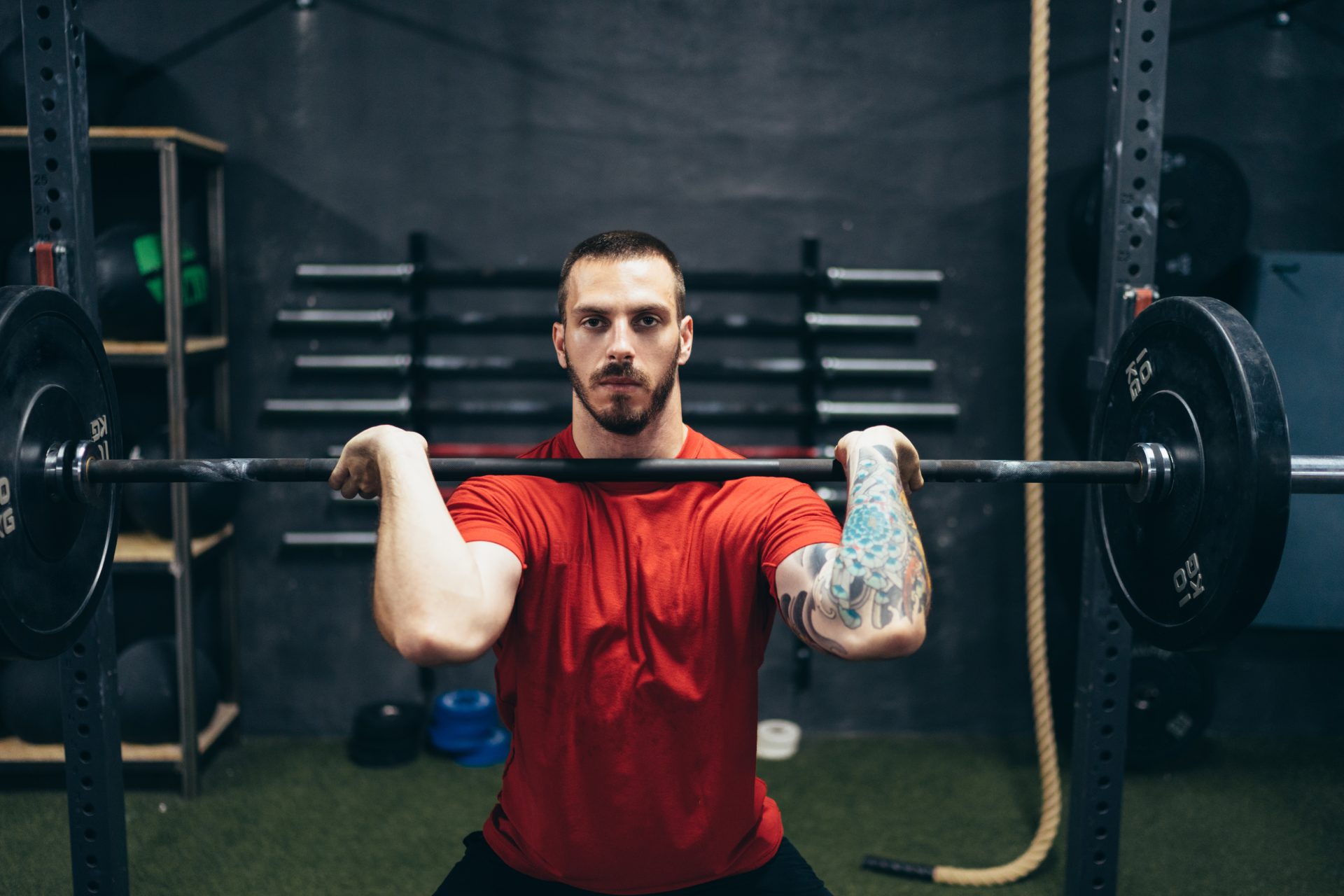
Therefore, powerlifters must devote time and effort to learning the correct posture, grip, and execution for powerlifting squats.
With a well-researched approach and dedication to developing proper form over time, powerlifters can maximize muscle activation while minimizing the risk of injury.
Once powerlifters have mastered this technique and maintain good lifting habits throughout their lifting sessions, they will be able to see incredible results from powerlifting squats in no time!
Alternatives to Classic Squat
- Goblet Squat
- Front Squat
- Overhead Squat
- Zercher Squat
- Box Squat
- Bulgarian Split Squat
- Single Leg Squat (Pistol Squat)
- Jump Squat
- Smith Machine Squat
- Hack Squat
- Safety Bar Squat
- Barbell lunge
- Dumbbell lunge
- Sissy Squat
- Leg press
- Leg Extension
- Leg curl
- Calf Raise
- Step-up
- Bulgarian split-squat
- Lunges
- Box jump
Adequate Rest Is Essential for Recovery & Optimal Performance Results
Finally, adequate rest is essential for recovery after every training session in order to reduce injury risk while maximizing performance gains from each workout session.
Adequate rest includes both getting enough sleep each night as well as taking regular breaks between sets so that your muscles have enough time to recover before beginning another set of reps or exercises.
It is also important to take at least one day off per week from training sessions in order for optimal recovery before continuing with another week’s worth of workouts.
Rest Enough!
One of the key aspects of recovering from a challenging squat with bar training session is ensuring adequate rest in between them.
Resting the body allows the muscles to rebuild, repair, and increase strength, which reduces the risk of injury and optimizes performance results.
Quite simply, if you don’t rest adequately, your squat with bar session will eventually become ineffective due to reaching a state of over-training.
To ensure that each squat with bar training session is worthwhile, it’s fundamental to build adequate rest into your training routine. It may seem counterintuitive to take time away from intense workouts.
However, taking time for recovery helps reduce fatigue and minimizes the potential for injuries.
As athletes strive for higher performance results, rest is essential for getting back up and squatting again soon after training.
Benefits of Incorporating Squats Into Your Workouts
Incorporating squats into your regular routine provides numerous benefits including:
- improved overall strength and fitness levels
- increased muscle activation
- improved flexibility
- enhanced coordination
- improved posture
- reduced injury risk due to proper form/technique
- increased power output
- improved balance/stability
- enhanced endurance capabilities
- improved cardiovascular health
- decreased risk of developing osteoporosis due to increased bone density caused by regular physical activity involving squats
- better joint health due to less strain put on joints during movements since they are strengthened by squats
- plus many more!
All in all, there really isn’t anything bad about adding squats into any workout program – just make sure you’re doing them correctly!
Last Thoughts
Squats are an incredibly beneficial exercise that should be included in any workout regardless of goal or experience level due to their many benefits including increased overall strength, enhanced coordination skills, improved cardiovascular health, better joint stability plus many more!
Proper technique is key when it comes to reaping all these rewards so make sure you understand what constitutes proper form before attempting any type of squat variation so that you can maximize performance results without putting yourself at risk for injury!
Lastly don’t forget about adequate rest between sets & training days – this is essential for recovery & optimal performance results!
Try These Techniques for Improving Squat Performance
- Start with the basics: proper form and technique are essential for maximizing muscle activation and minimizing the risk of injury. Make sure to keep your chest up, back straight, and hips back as you lower down into the squat.
- Focus on progressive overload: in order to continue making progress, it’s important to consistently increase the weight you’re using or the reps you’re performing. This will put more stress on your muscles and promote adaptation.
- Incorporate accessory exercises: exercises like lunges, leg press, and calf raises can help to target specific muscle groups and improve overall squat performance.
- Get enough rest and recovery: it’s important to allow your muscles time to recover and repair after training. Adequate rest and recovery will help to reduce the risk of injury and improve your overall performance.
Final Recap
As we said, squatting is a highly effective exercise for building muscles and improving overall fitness.
By following the strength standards provided in this article, and using the techniques for improving squat performance, you can achieve your fitness goals and improve your overall strength.

